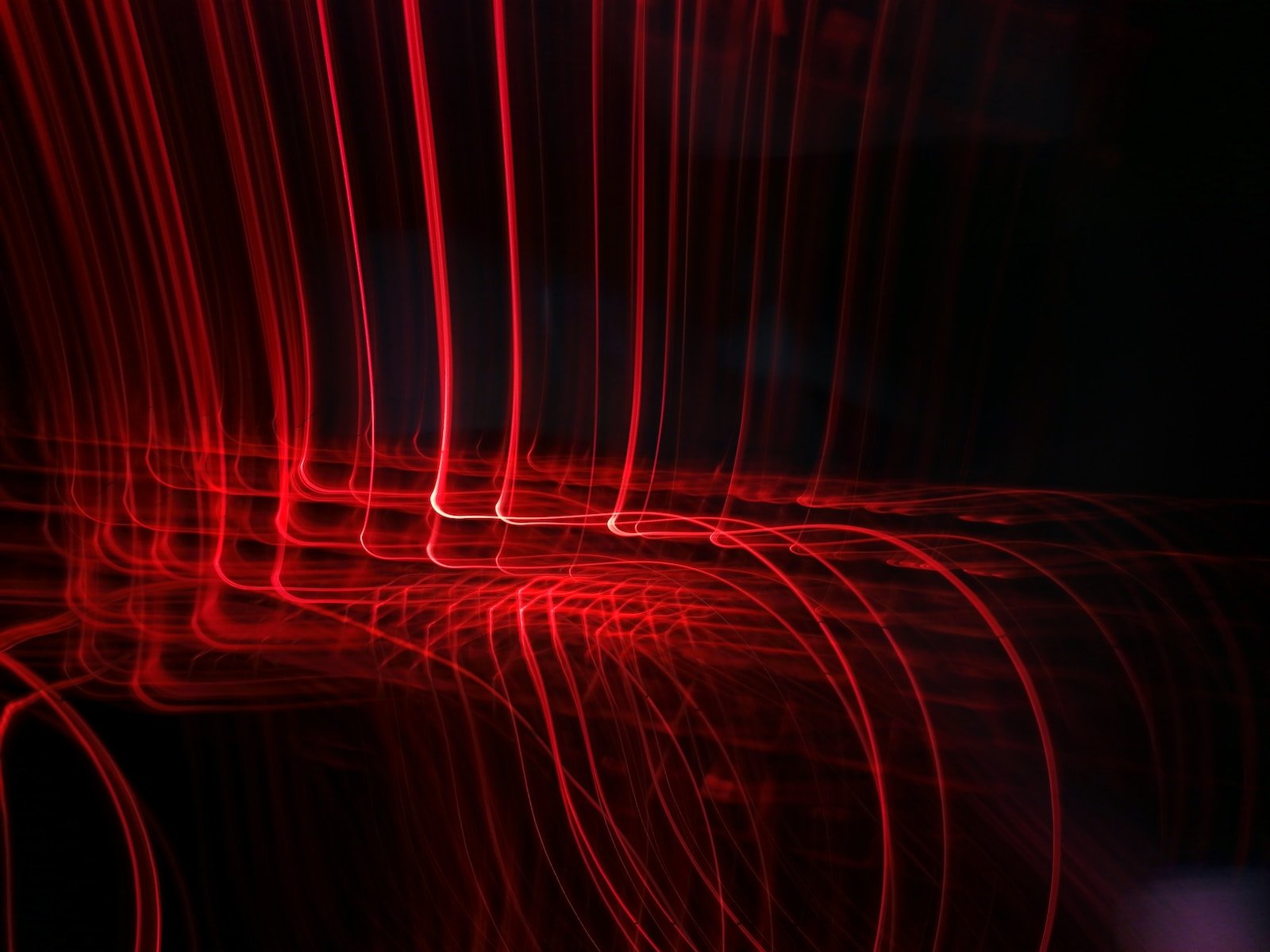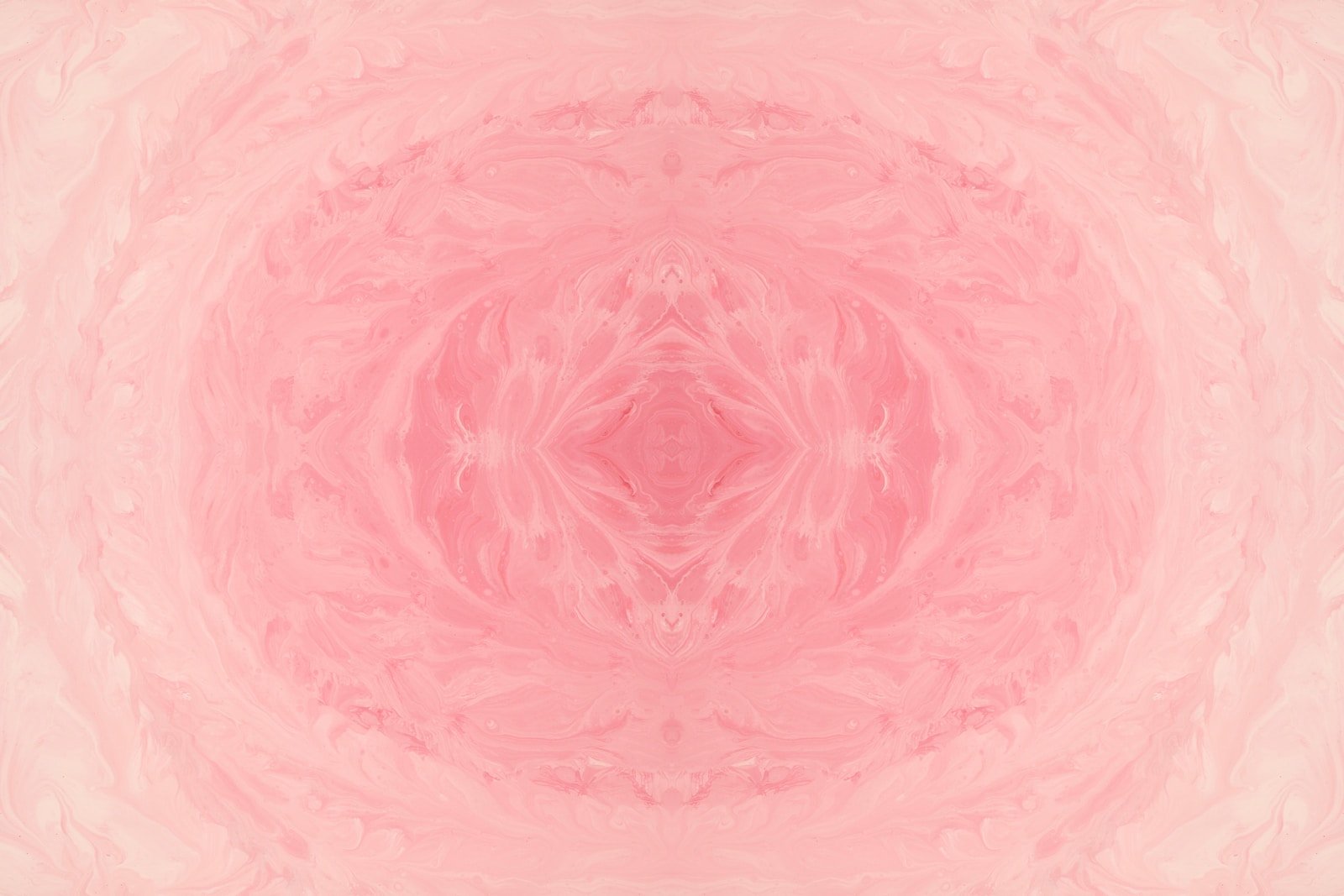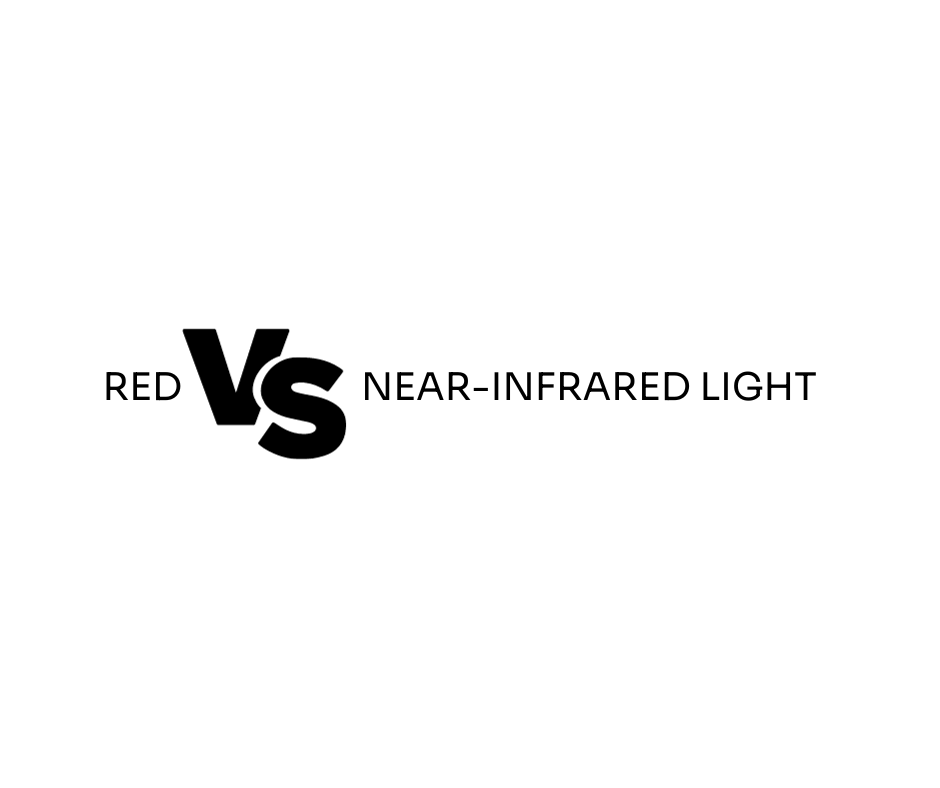Red light therapy is an innovative form of treatment harnessing the power of both visible and invisible wavelengths of light to deliver energy directly to cells. This therapy has been known by various names over the years, including low-level laser therapy (LLLT), low intensity light therapy (LILT), phototherapy, photobiostimulation, biostimulation (BIOS), photobiomodulation, and photonic stimulation.
Having received FDA approval, red light therapy is a recognized treatment for multiple conditions such as acne, arthritis, muscle and joint pain, compromised blood circulation, and even hair loss reversal. The vast body of over 50,000 scientific and clinical studies on this subject suggests a broad consensus: red and near-infrared light can offer enormous benefits for a plethora of diseases.
- acne,
- arthritis,
- muscle and joint pain,
- compromised blood circulation,
- hair loss reversal.
It’s not just a few conditions that red light therapy addresses; its efficacy extends to a broad spectrum of ailments. Whether it’s anti-aging, pain relief, cognitive enhancement, fat reduction, wound healing, increasing bone density, smoking cessation, muscle building, anxiety and depression management, acne treatment, or reversing hair loss, red light therapy has shown promising results.
Another vital player in this therapeutic domain is near-infrared light. As an electromagnetic radiation form, it shares many similarities with red light, both in frequency and its health benefits. This writing focuses equally on both near-infrared light therapy and red light therapy. Their mechanisms are so interlinked that any mention of ‘red light therapy’ inherently includes its near-infrared counterpart. While there are subtle differences between the two, their similarities in therapeutic properties are uncanny and will be further explored in subsequent sections.
Historically, there was a belief that to achieve the benefits of red and near-infrared light, one had to rely on costly laser devices. However, advancements have proven that the same therapeutic benefits can be availed using inexpensive light-emitting diodes (LEDs). This technological evolution means that the once exorbitant treatments available exclusively in clinical settings are now accessible to many. Individuals can now afford to purchase their devices and experience these therapies’ wonders right from their homes.
One of the most commendable aspects of near-infrared and red light therapies is their safety profile. With a near-absent list of adverse side effects and an overwhelming amount of evidence supporting their efficacy, these therapies are not just alternative treatments but are fast becoming mainstream.
In conclusion, red light therapy, along with its near-infrared counterpart, stands at the forefront of non-invasive, effective, and affordable therapeutic solutions, promising a brighter, healthier future for all.






